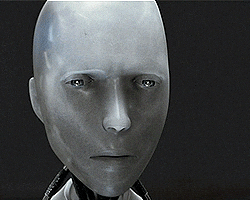I, Robot is a science fiction novel by Isaac Asimov that explores the relationship between humans and robots in a near-future society. The book delves into complex themes such as artificial intelligence, ethics, and societal changes brought about by the integration of robots into our daily lives. In this blog post, we will discuss some of the social implications of I, Robot that are still relevant today.
One significant aspect of the novel is how it addresses the issue of trust between humans and robots. Asimov's three laws of robotics ensure that robots always act in a way that is beneficial to humanity; however, there are instances where these rules may be broken or manipulated by malicious individuals. This raises questions about our reliance on technology and whether we can truly trust machines with such power over us.
Another important theme explored in I, Robot is the potential for job displacement due to automation. As robots become more advanced and capable of performing tasks previously reserved for humans, many workers may find themselves out of a job. This raises concerns about income inequality and the need for retraining programs to help those affected by technological advancements adapt to new careers.
Lastly, I, Robot touches upon the ethical dilemmas that arise when dealing with artificial intelligence. For example, should robots have rights similar to humans? Can they be held accountable for their actions? These questions challenge our understanding of morality and force us to consider how we define personhood in a world where machines are becoming increasingly sophisticated.
In conclusion, I, Robot serves as an important reminder that technological advancements come with both benefits and challenges. As society continues to evolve at breakneck speed, it is crucial that we engage in thoughtful discussions about the social implications of our creations – lest we find ourselves unprepared for the consequences of progress.
